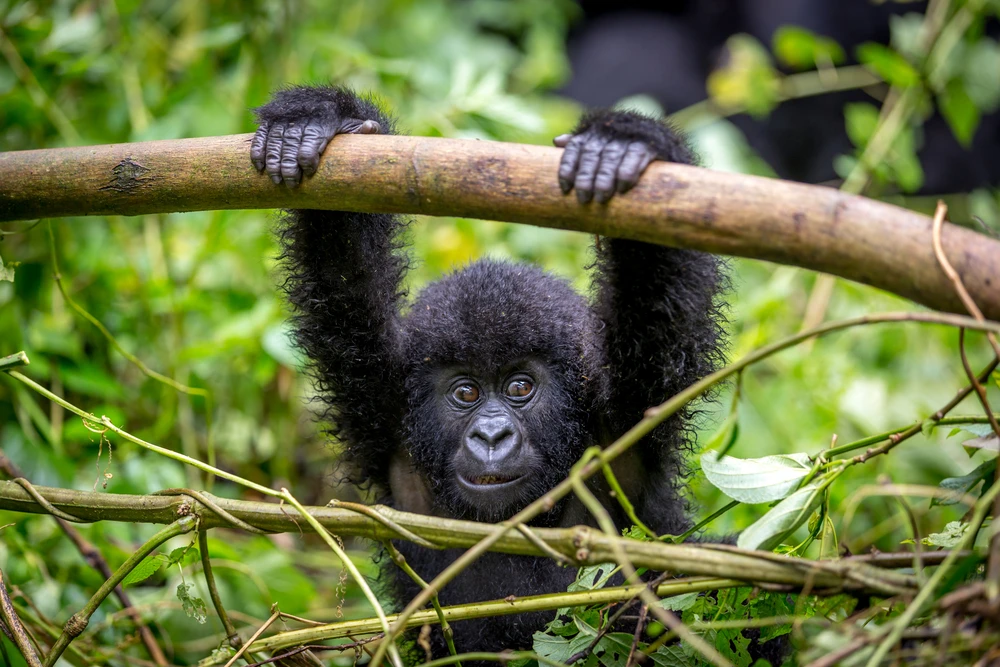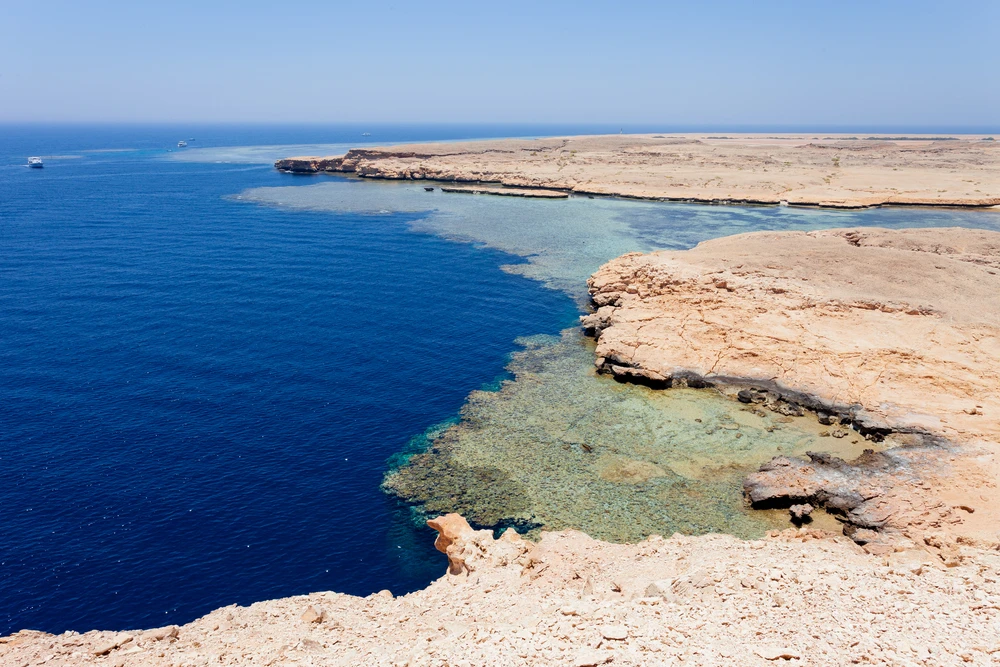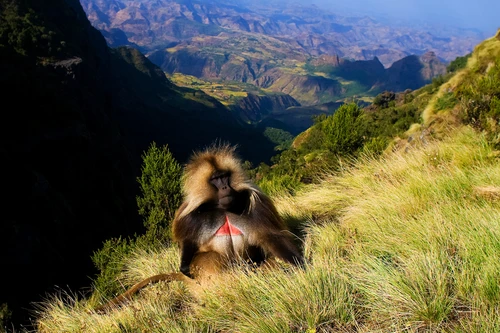Soberania Overview
Soberanía National Park, known locally as Parque Nacional Soberanía, is a lush tropical rainforest located in central Panama, covering approximately 212 square kilometers (82 square miles). Situated just 25 kilometers (16 miles) from Panama City, the park is an essential part of the Panama Canal watershed, ensuring the region’s ecological balance.
It stretches along the eastern side of the canal, encompassing vast tracts of primary and secondary forests, rivers, and rolling hills that are home to a rich diversity of flora and fauna. The park is easily accessible from the capital, making it one of the most visited protected areas in the country.
The terrain of Soberanía National Park is characterized by dense tropical rainforest interspersed with streams, rivers, and undulating hills. Its landscape is dominated by towering trees, including cuipo (Cavanillesia platanifolia), ceiba (Ceiba pentandra), and espavé (Anacardium excelsum), forming a dense canopy that provides shelter for countless species.
The park’s vegetation includes an array of epiphytes, vines, and ferns, creating an intricate ecosystem where plants compete for sunlight and moisture. The Chagres River, a major water source for the Panama Canal, meanders through the park, feeding into the canal and sustaining the park’s diverse habitats. The region’s tropical climate ensures year-round greenery, with heavy rainfall supporting its dense vegetation.
Wildlife enthusiasts visiting Soberanía National Park have the opportunity to see an extraordinary variety of animals. The park is home to over 500 species of birds, making it a world-renowned birdwatching destination. Among the most notable species are the harpy eagle, Panama’s national bird, as well as the keel-billed toucan, slaty-tailed trogon, and crimson-crested woodpecker.
Mammals such as jaguars, ocelots, howler monkeys, and capybaras roam the dense forest, while reptiles like the green iguana and spectacled caiman are commonly spotted near water bodies. Amphibians, including poison dart frogs, thrive in the humid environment, adding to the park’s biodiversity.
One of the most popular features of the park is Pipeline Road, a renowned birdwatching trail stretching over 17 kilometers (10.5 miles). Originally built during World War II for a petroleum pipeline that was never used, the road is now a premier destination for ornithologists and nature lovers, offering easy access to the forest’s interior.
The Rainforest Discovery Center, located along Pipeline Road, provides an observation tower that rises above the treetops, granting panoramic views of the canopy and a chance to spot elusive birds and monkeys. Other trails, such as Plantation Road and Camino de Cruces, allow visitors to explore the park’s dense forest on foot while discovering its diverse plant and animal life.
Visitors engage with the park primarily through hiking, birdwatching, and wildlife observation. The well-maintained trails and abundance of fauna make it an attractive destination for nature photographers and eco-tourists.
Guided tours offer a deeper understanding of the park’s ecosystem, and early morning excursions increase the likelihood of spotting rare animals. The park also serves as an outdoor classroom for environmental education programs, attracting researchers and students interested in tropical ecology.
Soberanía National Park faces conservation challenges due to its proximity to urban areas, with deforestation, illegal hunting, and habitat fragmentation posing ongoing threats. However, the park has seen conservation successes, particularly through the work of local organizations and the Panamanian government.
Efforts to protect the harpy eagle, along with sustainable tourism initiatives, have contributed to its preservation. The park’s role in maintaining the health of the Panama Canal watershed underscores its ecological importance, ensuring that conservation efforts remain a priority for local and international stakeholders.


















































































